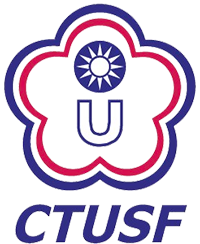Latest Articles
Author:Ting-Hong Chien;Li-Kang Chi;Jo-Yun Chen;Szu-Yu Chen
Period/Date/Page:Vol. 26 No. 4 (2024/12),Pp. 337-353
DOI:10.5297/ser.202412_26(4).0002
Impact of Different Types of PETTLEP Imagery Delivery on Jump Shot Performance, Self-Confidence and State Anxiety in Basketball Players
Abstract:The functional equivalence hypothesis posits that the same neural mechanisms are involved when performing imagery training as when performing actual movement; thus imagery training provides benefits to athletic performance. The purpose of present study was to investigate the impact of three different types of PETTLEP (Physical, Environment, Task, Timing, Learning, Emotion, Perspective) imagery delivery methods on jump shot performance, self-confidence and state of anxiety in basketball players. Participants were recruited from 4 teams of the Division II league of high-school basketball and assigned by team to four groups: regular imagery (RI), progressive imagery (PI), retrogressive imagery (RETI) and the control group. In line with the seven elements of the PETTLEP model, the three experimental groups received instructions with different delivery sequences. They received intervention 12 sessions of imagery training (three times a week for four weeks). The results showed that: (a) the PI and RETI groups significantly improved their jump shot performance. (b) the RI and PI groups experienced significant improvements in players' self-confidence. (c) the RI and PI groups felt significantly reduced levels of anxiety. In conclusion, use of progressive PETTLEP imagery is recommended when there is a need to simultaneously enhance performance and self-confidence while reducing anxiety among players. If the goal is solely to improve athletic performance, the PI and RETI models of PETTLEP imagery can be utilized. In cases where the aim is solely to increase self-confidence or reduce anxiety, it is advisable to use both RI and PI. In order to enhance the effectiveness of imagery training, developing appropriate imagery training models based on different sports and skill levels, then discussing these with athletes is recommended. (Full text)




